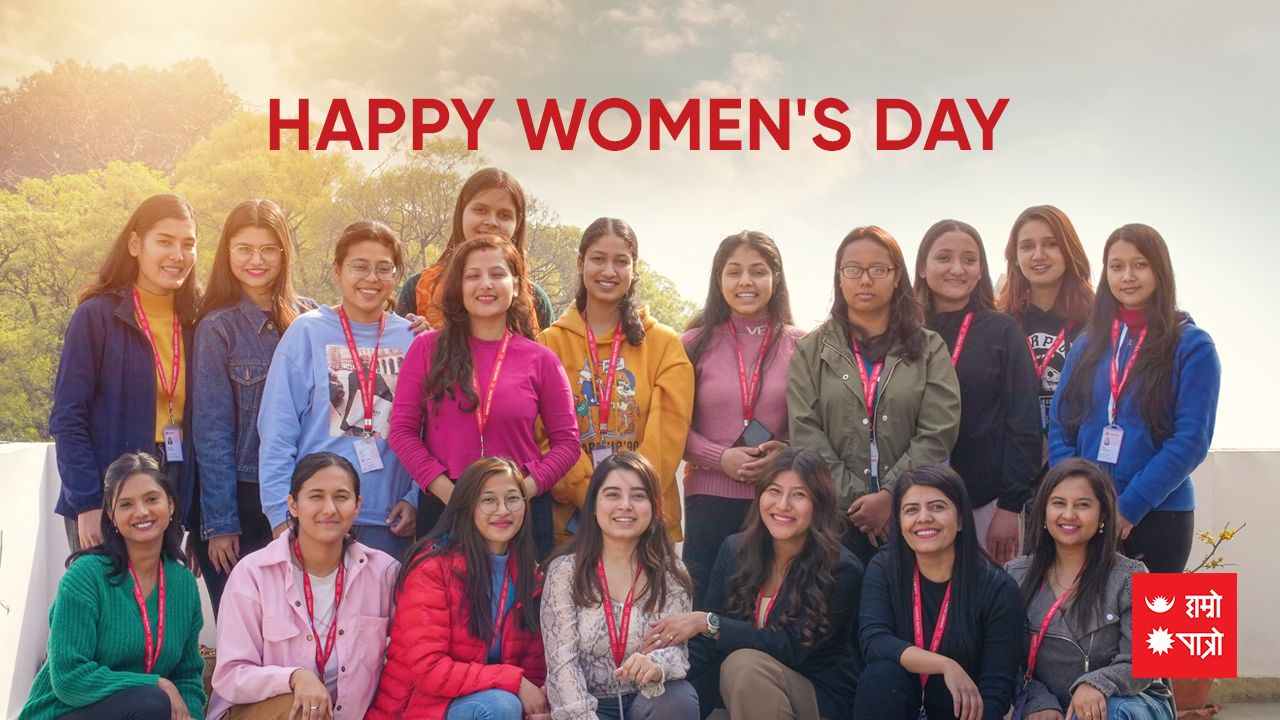
History of International Women's Day
First celebrated in 1911, International Women's Day was celebrated that year in Austria, Germany, Denmark and Switzerland. 100 years after that, in 2011, the Centenary of Women's Day was celebrated and in 2023, this year we are celebrating the 112th International Women's Day. However, this day was officially recognized by the United Nations in 1975.
Feminist movement in 1910
Let's once again review the feminist movement in 1910, or the campaign for women's equality in America at that time. Women's Day began in New York City in 1908 when 15,000 women marched to protest against inequality such as shorter working hours, equal pay and the right to vote. A year later, the Socialist Party of America announced the first National Women's Day.
The reason why Women's Day falls on March 8 is a bit interesting. According to the then Julian calendar, the date when the women's movement started was Sunday, February 23. This date is March 8 according to the Gregorian calendar and for that reason, Women's Day is celebrated on March 8 every year.
Women's Day 2023 slogan
The slogan of Women's Day 2023 is Embrace Equity. In recent years, when equality was advocated as e-quality, there was a lot of discussion about equality, but now women and men have started advocating for equal shares or equity. May this initiative of the world community be realized for an environment where women and men move forward with equal energy and share.
Meaningful wishes on this day.
Tel Lagaune din ra Aapko majura khane din | Ganagaur Puja starts
Tel Lagaune din ra Aapko majura khane din
When it comes to Holi, there is no limitation of colors and smiles. In this way, the color affects the skin and the effect of the color lasts for a few days or weeks. That is why it is customary to apply oil on the day of Holi, especially in the Terai. By doing this, oil stays on the surface of the skin and the colors come out easily and do not stick.
The scientific nature and experimental angle of Sanatan civilization is clear from here. Today, before playing Holi, people apply oil at home and the formally begins the Holi.
This spring, in the joy of Basanta, smiles are seen in every house and mango branches are also blooming. Nowadays, it is also customary to pick and eat the flowers that bloom on the mango tree. Thus, for formality, it is customary to pick and eat mangoes. By doing this, there is a strong possibility that in the coming days, the mangoes will sprout and all the flowers will transform to small green mini mangoes.
Ganagaur Puja starts
The worship of Lord Shiva's beloved mother Parvati in the form of Gauri is called Gangaur Puja. In this puja, married women fast and worship, wishing their husbands and children eternal life and health. Unmarried girls also observe fast with wishes for a skilled and worthy husband.
There is a story that once Lord Parvati was returning home from her family, Lord Shiva himself came to take Mother Parvati. In this way, Gangaur Puja represents the joyous farewell and worship of mother Parvati after the arrival of Lord Shiva.
According to another account, Narada Muni, Lord Shiva and Mother Parvati once came to earth to wander. In this way, when they came to earth, they lived in a home of a socially excluded, discriminated and untouchable women. She was excluded by society because of her caste. It is mentioned that the woman welcomed the guests by cooking various dishes at night and Lord Shiva was pleased and blessed the woman to be a forever Suhagan. Today is also a day to eradicate racial discrimination. There is no discrimination in the house of God, it is clear.
Gangaur Puja is celebrated with great rejoicing in the Terai region and in various cities of India. In some places, this puja is celebrated from the beginning of the month of Chaitra. May this puja, which worships the power of women, advocating the oneness of Shiva and Parvati, bring happiness to all. Hail
Suyog Dhakal
Liked by: